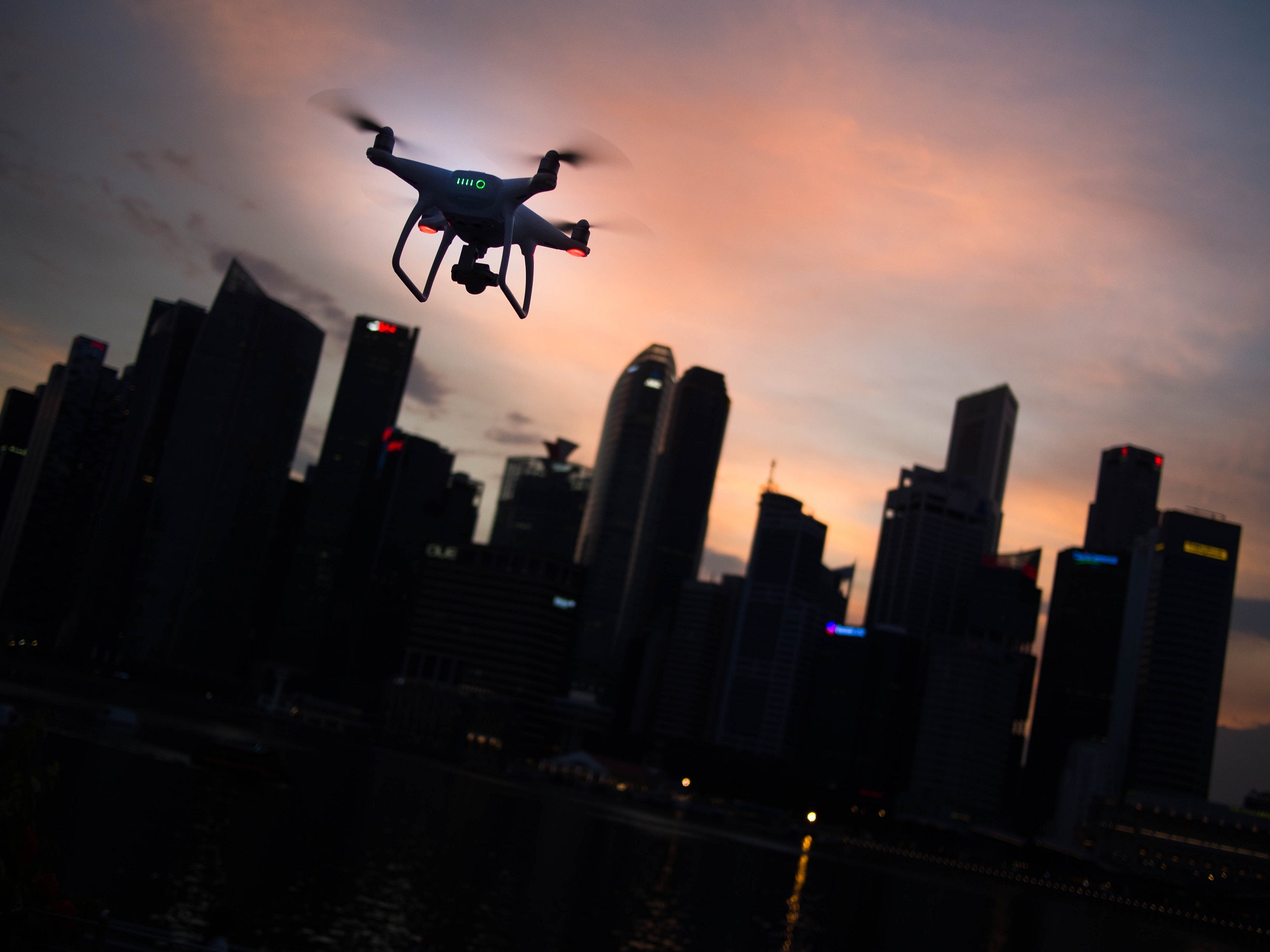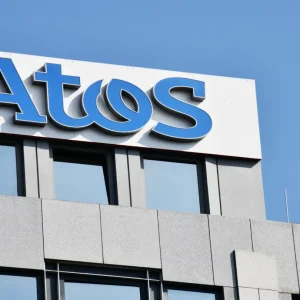
Today the European Commission has adopted a framework of drone rules to police the operation of drones or unmanned vehicles within EU member states.
The rules are designed to apply to professional and amateur drone operators. However the EU does say that the majority of drones it is concerned about and are targeting with these rules belong to the market of ‘mass-produced drones’.
Under the new rules drone operates will have to be registered with their national authority and the drones will have to have a ‘direct remote identification’ system in place. This system will be built into the drones and will send out, via a local broadcast, information relating to its make and identification number.
The implementing regulation [PDF] adopted today states that: “Operators of unmanned aircraft should be registered where they operate an unmanned aircraft which, in case of impact, can transfer, to a human, a kinetic energy above 80 Joules or the operation of which presents risks to privacy, protection of personal data, security or the environment.”
Commissioner for Transport Violeta Bulc commented that: “The EU will now have the most advanced rules worldwide. This will pave the way for safe, secure and green drone flights. It also provides the much needed clarity for the business sector and for drone innovators Europe-wide.”
 Drone Rules Will Establish No-Fly Zone
Drone Rules Will Establish No-Fly Zone
Under the new rules member states have a framework to establish the definition of geographical zones that they deem to be no-fly zones for drone operators. Through the use of satellite geo-location technology the EU is aiming to demarcate areas the drone operator will be warned and turned back from. These may include city centres as well as airports or airfields.
The rules state on geo-location that: “‘geo-awareness’ means a function that, based on the data provided by Member States, detects a potential breach of airspace limitations and alerts the remote pilots so that they can take immediate and effective action to prevent that breach.”
This would involve programming each drone’s software so it contains an in-build map of restricted flight locations.
Any drone weighing less than 25 kg will be allowed operate without prior permission under certain circumstances. However, drones operators are not allowed to fly higher than 120 meters and they must maintain visual contract with the drone at all times.
With regards the storage of the personally identifiable information which would be subject to GDPR rullings the paper states that: “The information about registration of certified unmanned aircraft and of operators of unmanned aircraft that are subject to a registration requirement should be stored in digital, harmonised, interoperable national registration systems, allowing competent authorities to access and exchange that information.”

 Drone Rules Will Establish No-Fly Zone
Drone Rules Will Establish No-Fly Zone




